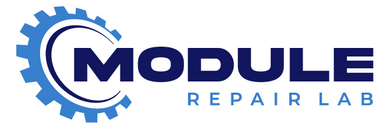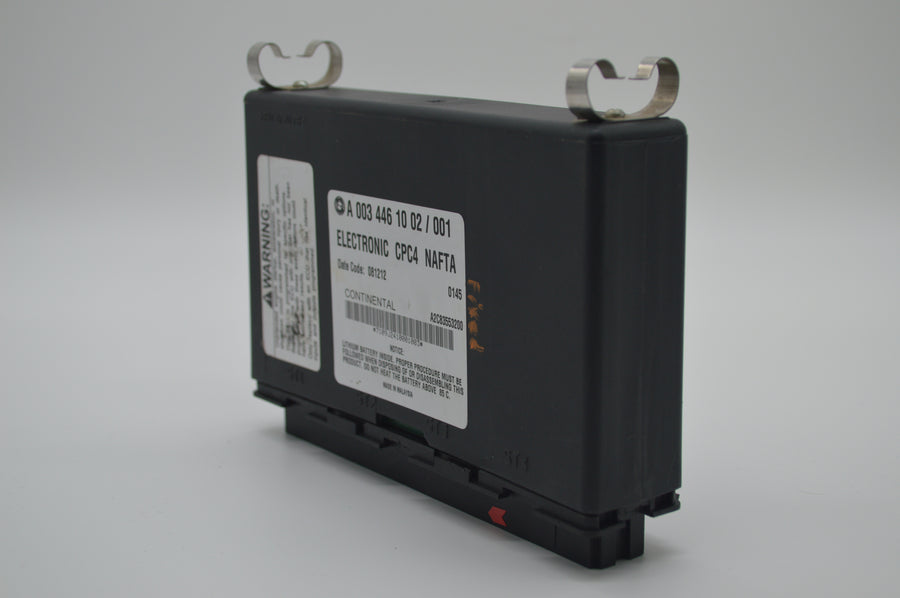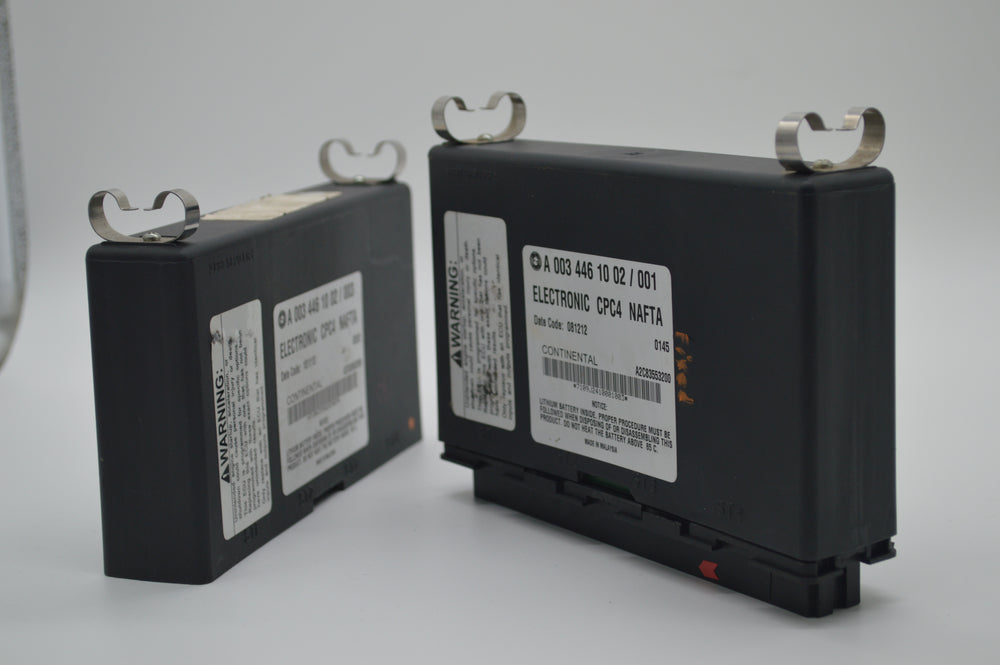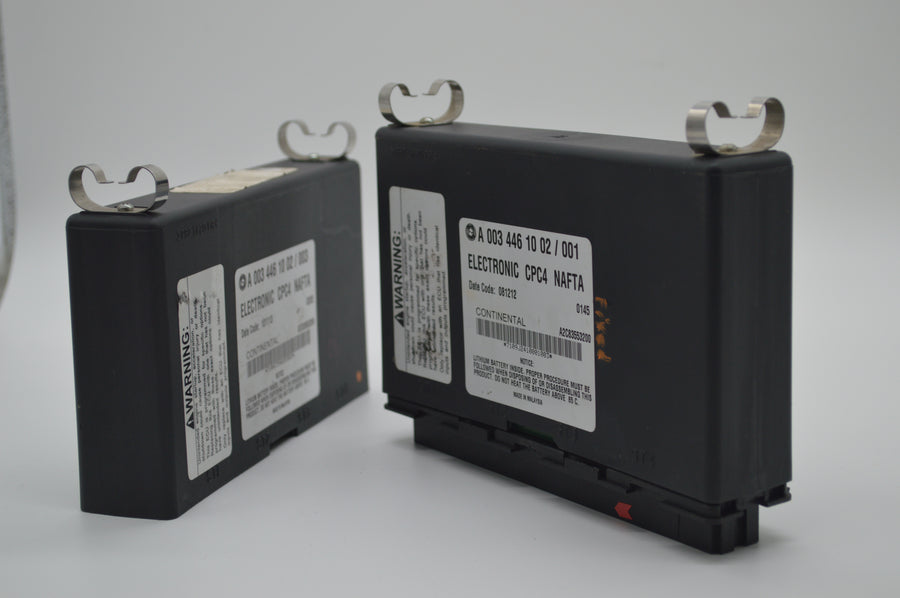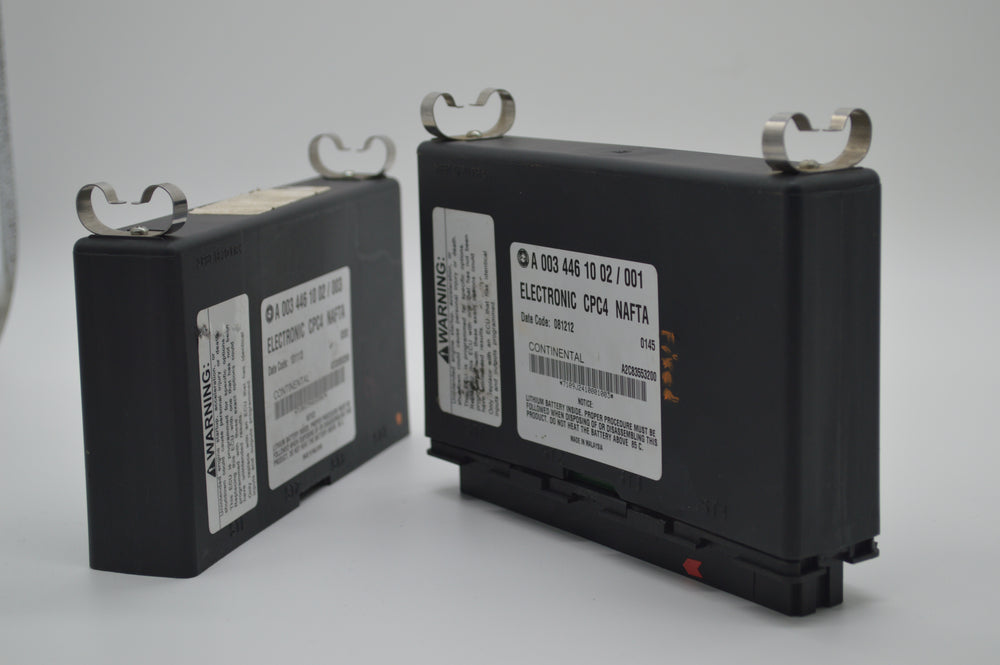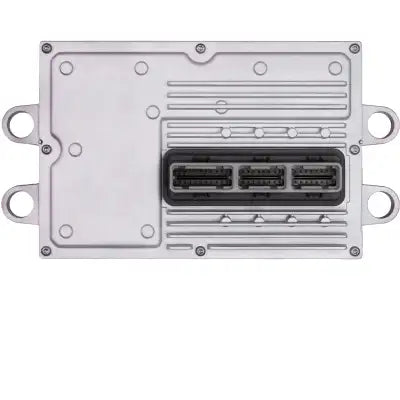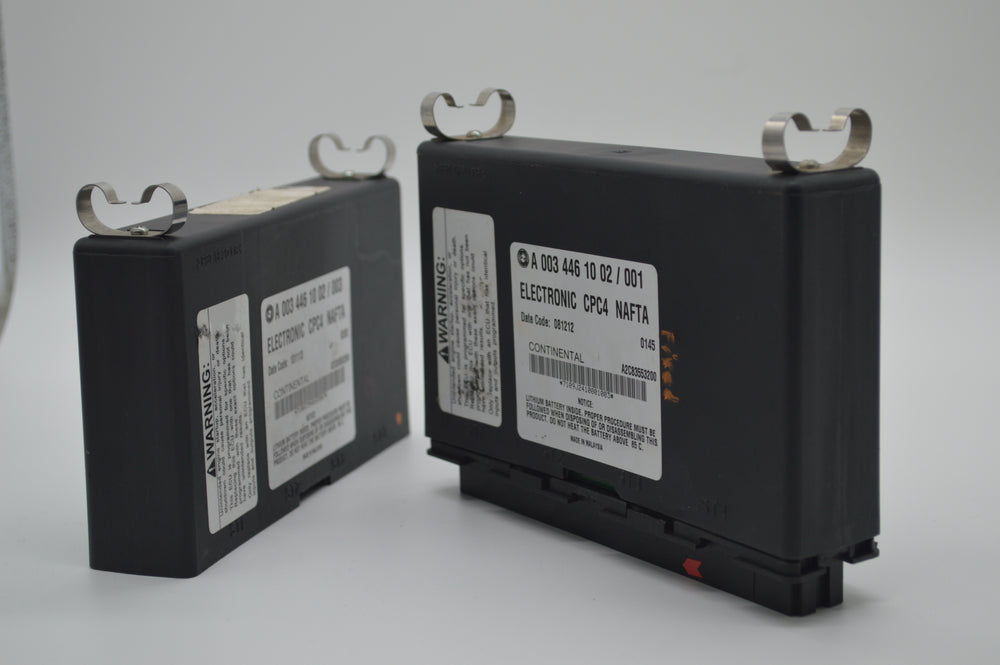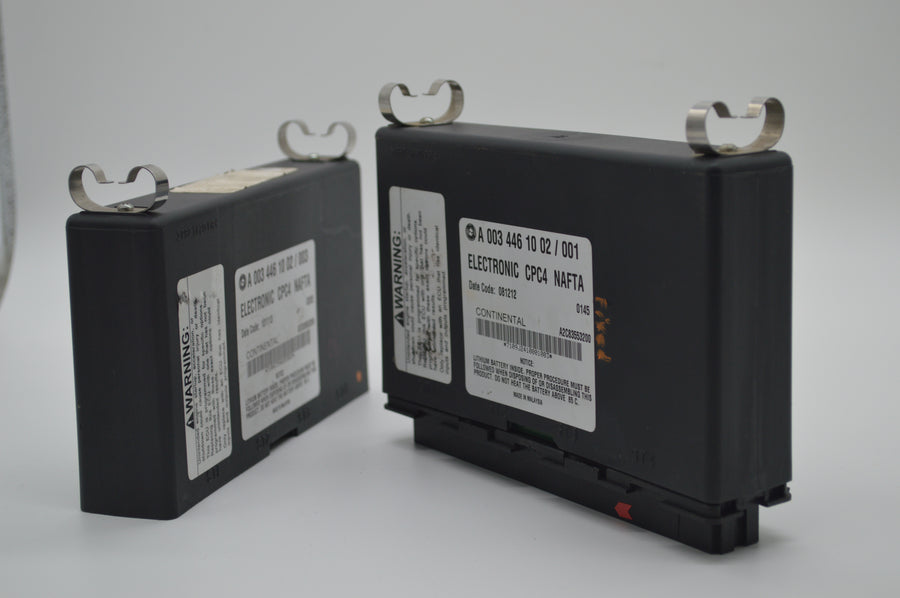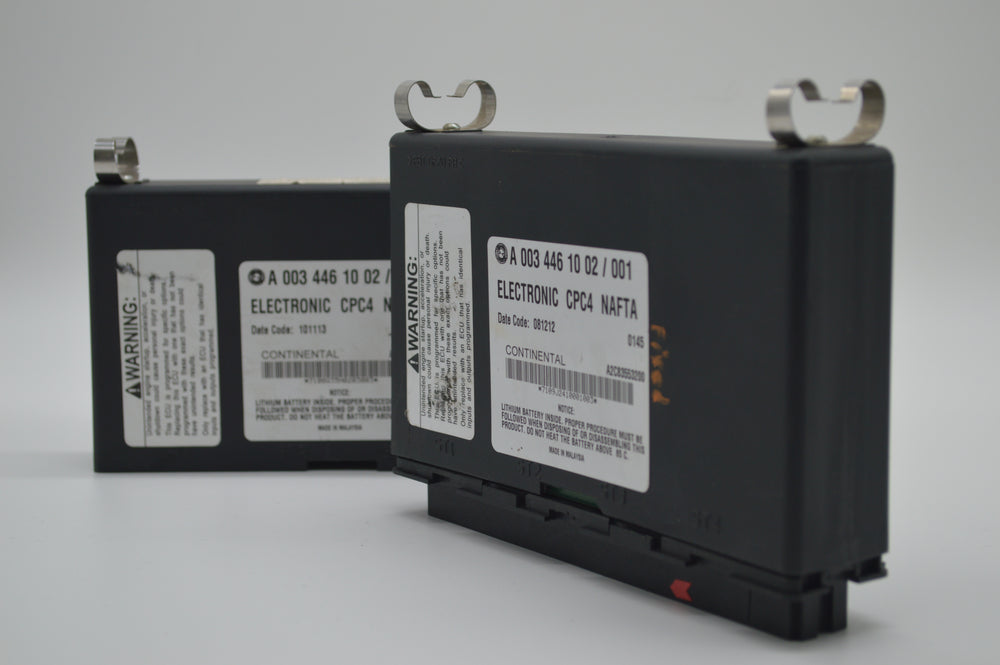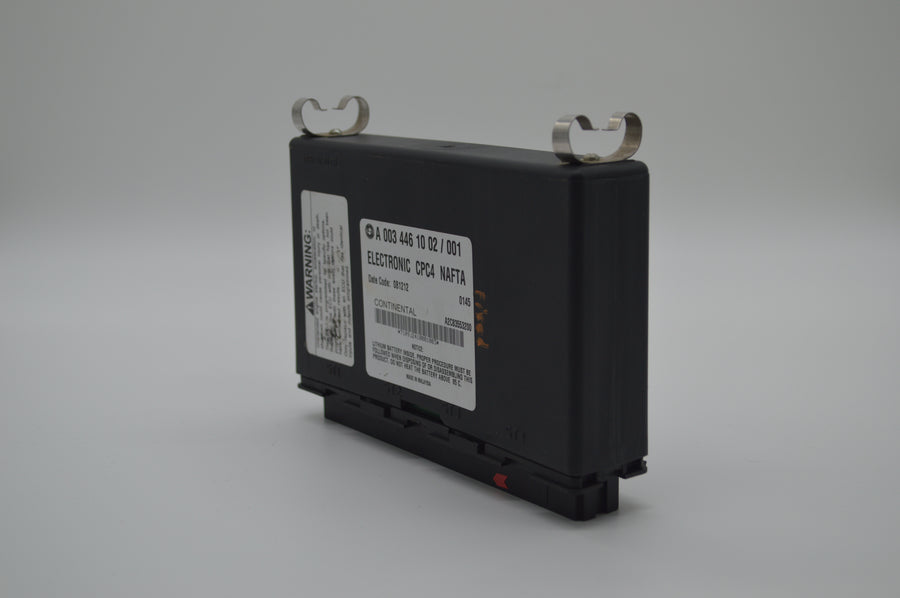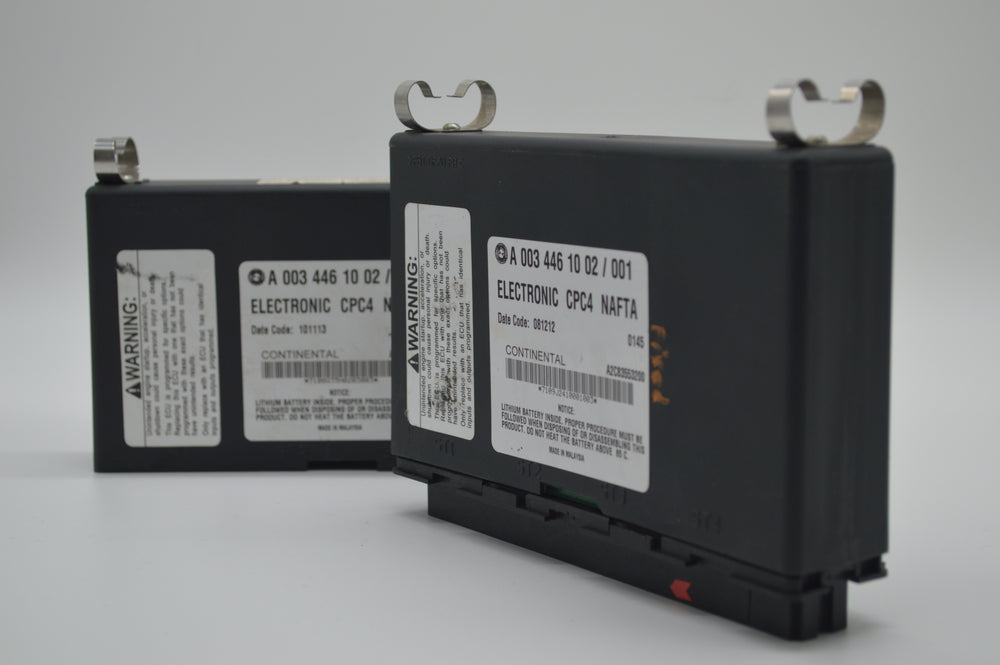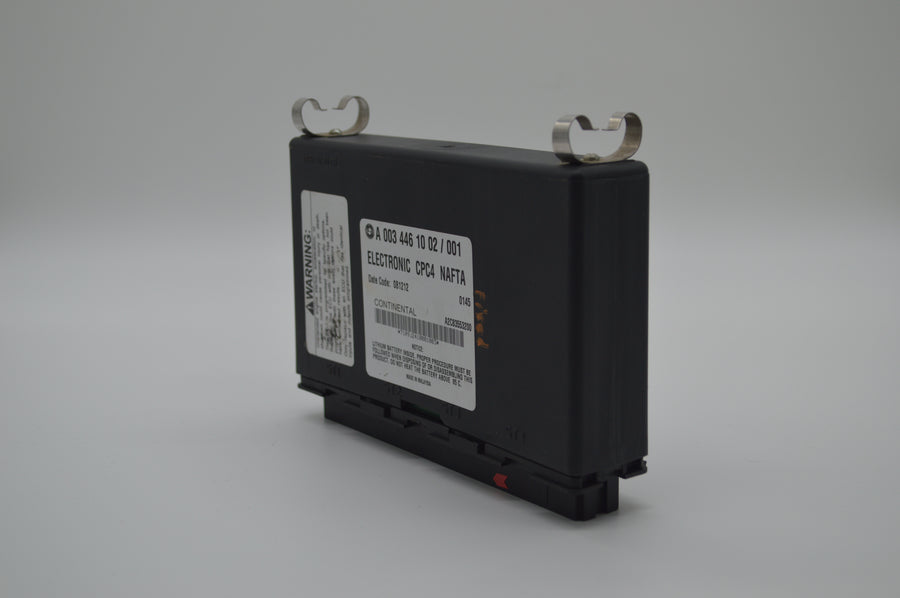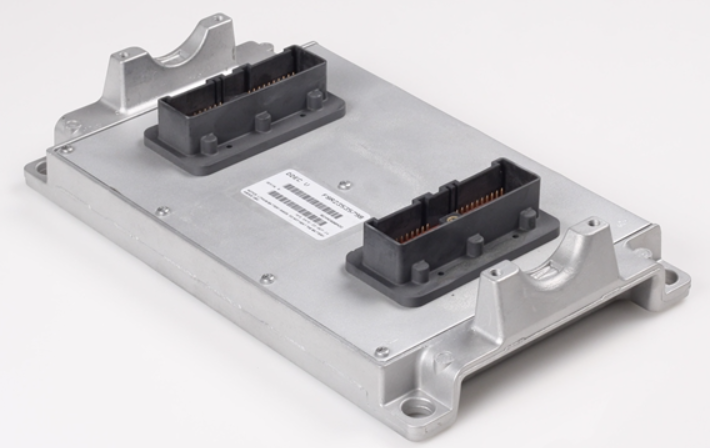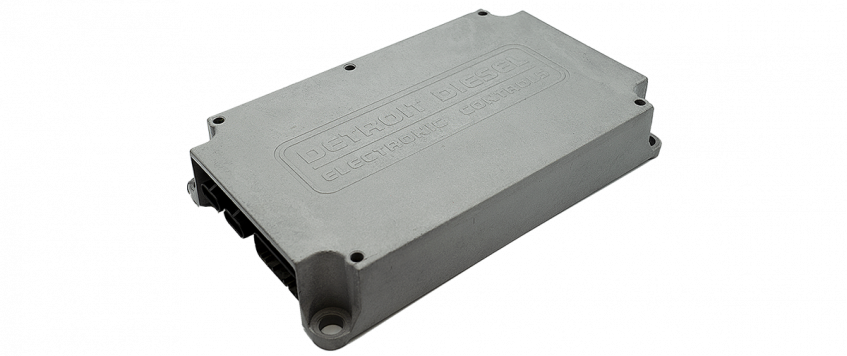
Truck ECM Repair
Module Repair Lab restores and services engine control modules (ECM/ECU) for Class 7–8 semi trucks. We address no-start, no-communication, derate, unstable power regulation, and heat/moisture-related board faults — with 1–3 business day turnaround, warranty-backed work, and nationwide mail-in or California drop-off.
Supported platforms include Cummins, Detroit Diesel (DD13/DD15/DD16 + CPC4), and PACCAR (MX-13) across Freightliner, Kenworth, Peterbilt, International/Navistar, Mack, and Volvo Trucks. Select a service below to confirm compatibility, turnaround, and pricing for your ECM.
Popular Semi-Truck ECM & CPC4 Repairs
Semi-Truck ECM Repair & Replacement | Heavy-Duty Engine Control Modules
Our focus is semi-truck ECM/ECU repair, cloning, and bench validation for Class 7–8 on-highway platforms. Typical symptoms include no-start, no communication (no-comms), CAN bus faults, derate/limp mode, random shut-downs under load, and persistent hard fault codes. We take a board-level approach to stabilize power regulation, ground integrity, communication drivers, and heat-stressed interconnects — then we bench test before return shipment. When the platform supports it, we perform data-preserving cloning to maintain VIN, calibration, injector coding, and learned parameters to reduce on-vehicle programming time.
Common ECM Problems
- No-start or intermittent start after jump-start or battery change
- No communication with the ECM (CAN faults, “No ECM” messages)
- Derate or unstable idle with no clear external cause
- Random shutdowns or loss of power under load
- Repeated hard fault codes despite sensor/harness checks
- Heat discoloration, burnt odor, moisture or corrosion at the connector
Why Heavy-Duty ECMs Fail (Root Causes)
On-highway trucks face heat, vibration, and electrical stress. Low-voltage cranking, weak or overcharging alternators, and jump-start events can damage voltage regulators and communication drivers. Moisture intrusion and connector corrosion create intermittent faults that mimic sensor issues; thermal cycling fatigues solder joints and flex interconnects. We target these root causes so the controller returns stable and repeat failures are less likely.
- Power integrity events: low-voltage cranks, alternator over-voltage, jump-starts
- Thermal cycling & vibration: fatigues solder joints and ribbon interconnects
- Moisture & contamination: corrosion at pins and inside housings
Repair
We diagnose the failure mode, restore power/ground paths, replace stressed regulators and comms drivers, repair traces and micro-solder joints, and validate communications & key I/O on the bench. Repair preserves your original hardware and often costs less than replacement.
Replace
Severe corrosion, fire/heat damage, or no-power logic boards can make replacement the safe choice. If feasible, we clone data to a donor ECM to preserve VIN and calibration. We only recommend replacement when it’s the reliable path forward for uptime.
Cloning (When Supported)
Data-preserving cloning can carry over VIN, engine calibration, injector trim codes, idle and governor parameters, and certain PTO-related settings depending on the ECM family (e.g., Cummins ISX/X15, Detroit DD15, PACCAR MX-13). Not every platform permits full cloning; when it does, it minimizes programming time and speeds return to service.
Simple Checks Before Sending
- Load-test batteries and verify alternator output (under/over-voltage causes repeat failures)
- Inspect ECM connectors for water intrusion, green corrosion, and pin push-out
- Note if symptoms started right after electrical work or a jump-start
Platforms We See Often
Cummins: ISB, ISC, ISX, X15 (Freightliner, Kenworth, Peterbilt, International) — non-start after jump, CAN faults, regulator failures.
Detroit Diesel: DD13, DD15, DD16 — intermittent no-comms, power rail instability; CPC4 units with boot failures and CAN driver faults.
PACCAR: MX-13 in Kenworth & Peterbilt — comms line repair, power/ground restoration, selective cloning depending on the donor & software.
Cost of ECM Repair
- Repair pricing varies by ECM family and failure mode; we favor repair over replacement when reliable
- Cloning may require sourcing an appropriate donor; we confirm options, risks, and timelines before proceeding
- Transparent scope — no unnecessary services, clear communication up front
Shipping & Packaging
- Protect connectors; use anti-static or clean bubble wrap and sturdy padding
- Double-box for long-haul shipments; include your order number
- Do not include unrelated parts in the box
Warranty & Post-Install Support
Repairs include a 3-month warranty on the work performed. After installation, if codes or symptoms persist, contact us with details so we can help differentiate vehicle-side wiring and power issues from controller behavior, and advise next steps for a reliable fix.
Why Choose Module Repair Lab
Fleets, diesel shops, and owner-operators choose us for precision electronics work, predictable timelines, and clear communication. We work on semi-truck ECMs every day, maintain focused harnesses & test setups, and back our work with support after installation — fewer surprises and faster return to service.
How It Works
- Select your service: Choose Cummins, Detroit (CPC4 supported), PACCAR MX-13, Volvo/Mack, or CPC4-only.
- Ship your ECM: Follow the packaging tips; include VIN, engine family, and a brief symptom description.
- Diagnose & repair: We perform board-level repair and bench validation; cloning if supported.
- Return & install: We provide any platform-specific relearn/initialization notes if needed.
Restore Engine Uptime
Whether it’s a Cummins ISX/X15 no-start, a Detroit DD15 no-comms or CPC4 boot failure, or a PACCAR MX-13 comms driver issue, we’ll help chart the most reliable path to a working controller with minimal downtime.
Freightliner Cascadia CPC4 Repair: No Throttle Issue→ Bench-Validated
Frequently Asked Questions (FAQ)
Do you work on CPC4?
Yes — we service Freightliner / Detroit CPC4 power, communication, regulator, and boot failure issues. Many Detroit DD13/DD15/DD16 no-start or no-comms complaints involve both ECM and CPC4; we can evaluate the controller you send and advise next steps.
Will my ECM return plug-and-play?
Often yes when we clone or preserve original data. Some platforms still need on-vehicle initialization or relearn steps; we’ll note this on your work order if applicable.
Turnaround time?
Typical turnaround is 1–3 business days from receipt. Rush options may be available — contact us to confirm current capacity before shipping.
Do you tune or modify emissions settings?
No — we don’t offer tuning or emissions deletes. Our scope is diagnostics, board-level ECM repair, and data-preserving cloning where supported.
What should I include when shipping the ECM?
Include contact info, VIN, year/make/model, engine family, and a short symptom description. Protect connectors and pack with sufficient padding. Label the box with your order number.
What if the ECM isn’t repairable?
We’ll share findings and options (return as-is, donor replacement, or cloning if supported). No surprise charges — we confirm before proceeding.
